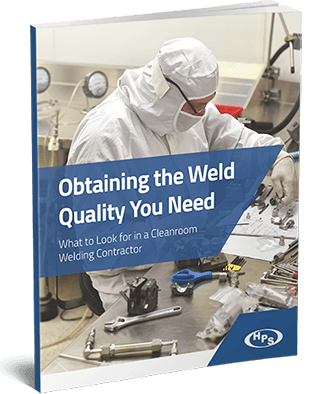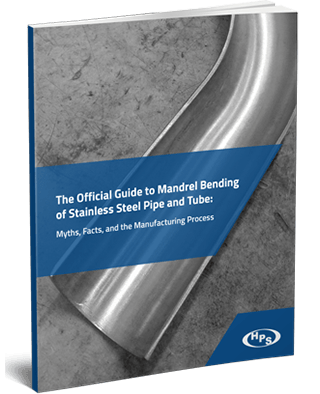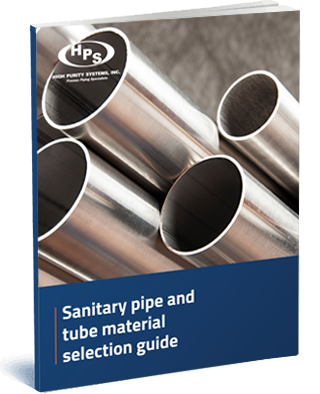Initially developed for use in the aerospace industry, the orbital welding process is now the standard joining technique for many other mechanical and engineering industries thanks to its high precision and reliability.
Orbital welding was first used in the 1960s to join aerospace hydraulic lines, as it provided a much more practical, dependable solution than manual pipe welding.
V.H. Pavlecka, chief researcher, and Russ Meredith, engineer, of Northrop Aircraft, Inc., invented this specialized welding process to provide a solution to the inconsistencies encountered using the gas tungsten arc welding (GTAW) process. By the 1980s, the orbital welding process had become the standard practice for delicate pipe welding applications.
How it Works
Modern-day equipment uses computer programs to input parameters for specialized applications, but the process does not replace welders’ jobs; manual intervention may still be required when operating this kind of system.
During orbital welding, the arc from a tungsten electrode rotates around a weld joint of tubes; this allows the process to be performed automatically using a control system. Since these mechanisms are not affected by factors like angle, fatigue, or inconsistencies of a manual welder, the final product has significantly fewer defects or errors.
Industrial Applications
Many industries benefit greatly from this specialized welding process, including:
- Nuclear piping — The nuclear piping industry utilizes orbital welding to guarantee leak-free pipes, as leaks can be detrimental to public health and safety.
- Aerospace — The first industry to employ orbital welding, aerospace requires highly accurate, reliable welds to ensure optimal safety. Equipment in this industry, such as aircraft and satellites, often contains at least 1,500 welded joints. The automated welding process also guarantees uniformity and standardization, both of which are critical in aerospace machinery.
- Food and beverage — Orbital welding is also particularly useful in the food and beverage industry. Tubes and pipes used for the processing and production of food products require accurately welded joints to ensure all operations run smoothly; because cleanliness and sanitation are critical in this field, leaks or cracks in pipes can cause serious problems.
- Pharmaceutical — Constant flow of clean water is vital within the pharmaceutical field; all water running through pipes must be free of harmful bacteria to ensure the safety of workers and consumers. The orbital welding method guarantees full-penetration welds, eliminating the risk of exposure to rust or bacteria.
Offshore applications — Underwater piping requires highly accurate welding systems, and offshore applications must be completely leak free. Hydraulic joints are precisely welded and have superior corrosion resistance, eliminating the risk of leaks, and can be used over long periods of time without issue.
The Benefits of Orbital Welding
Orbital welding offers a high level of productivity and quality that manual welders simply cannot provide consistently. The initial costs involved in procuring advanced welding equipment provide excellent value in the long run, as multiple jobs can be completed with the utmost accuracy in a shorter amount of time.




